Mammalia

Ring-tailed Lemur
Lemur catta

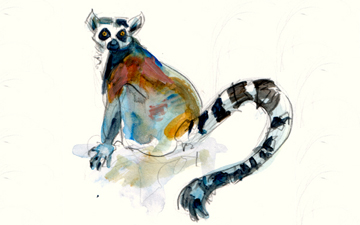
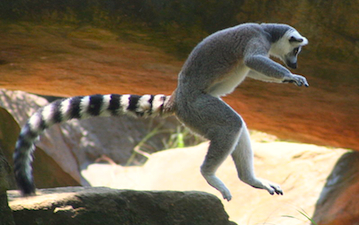
6 POINTS
• Lemur catta has a MOVE of 2.
Males often have “stink fights” where they wave their tails (having been rubbed on the strong-smelling wrist gland) at one another.

Dusky Dolphin
Lagenorhynchus obscurus


10 POINTS
• Lagenorhynchus obscurus has a MOVE of 2.
Lagenorhynchus obscurus can grow up to 210 cm in length and weigh up to 100 kg.

Marbled Polecat
Vormela peregusna

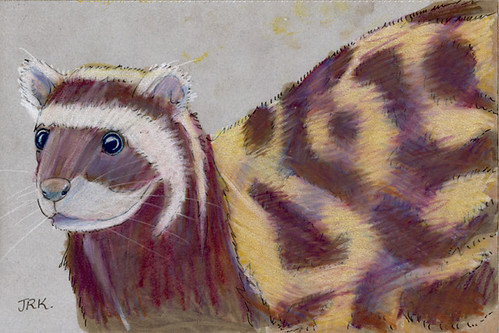
5 POINTS
• Vormela peregusna has a MOVE of 2.
Vormela peregusna had once been sought for its fur; also known as fitch in the fur trade.

Ethiopian Wolf
Canis simensis

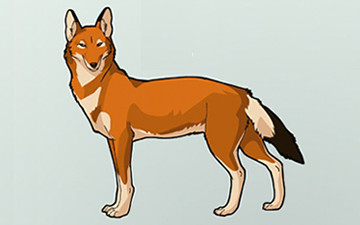
9 POINTS • Canis simensis has a MOVE of 2. Canis simensis males never leave the pack into which they were born.

Wild Boar
Sus scrofa

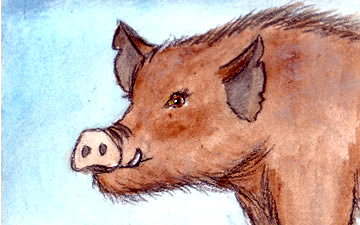
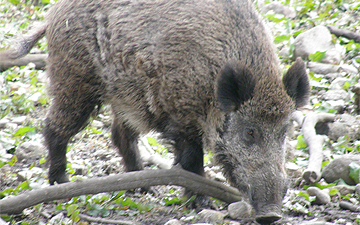
1 POINTS
Play: Sus scrofa has a MOVE of 2.
Fact: Sus scrofa is the wild ancestor of the domestic pig.

Blue Wildebeest
Connochaetes taurinus

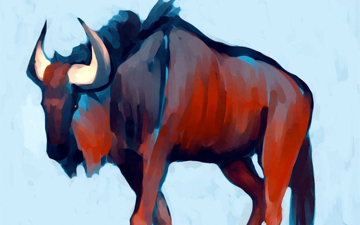

6 POINTS
• Connochaetes taurinus has a MOVE of 2. The Serengeti boasts over one million Blue Wildebeests.